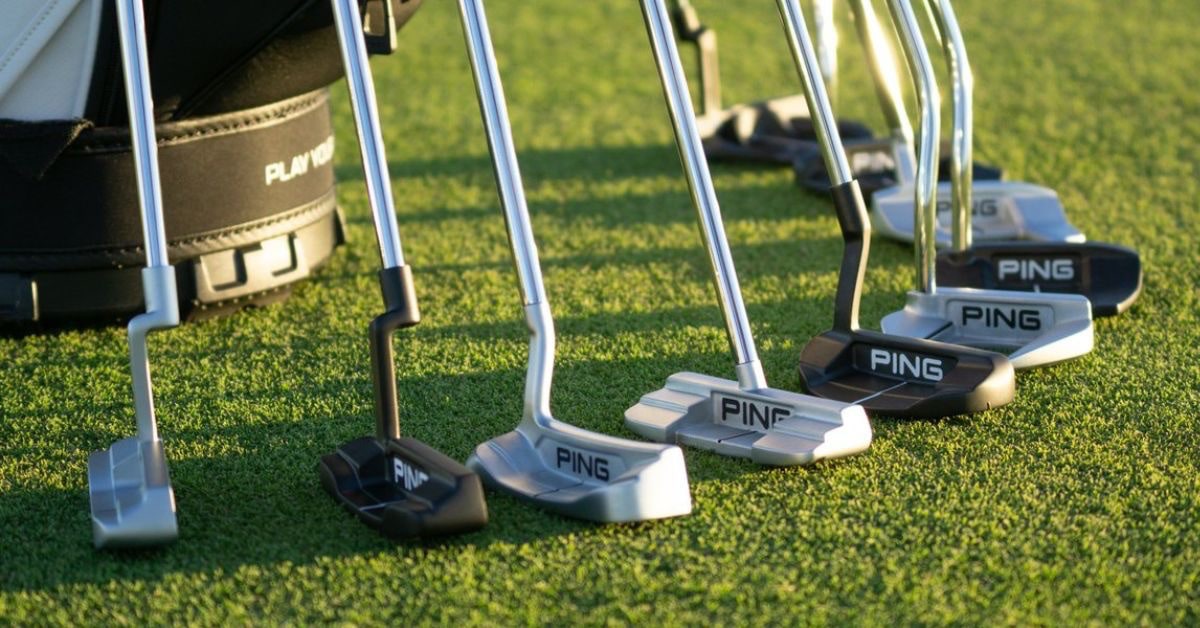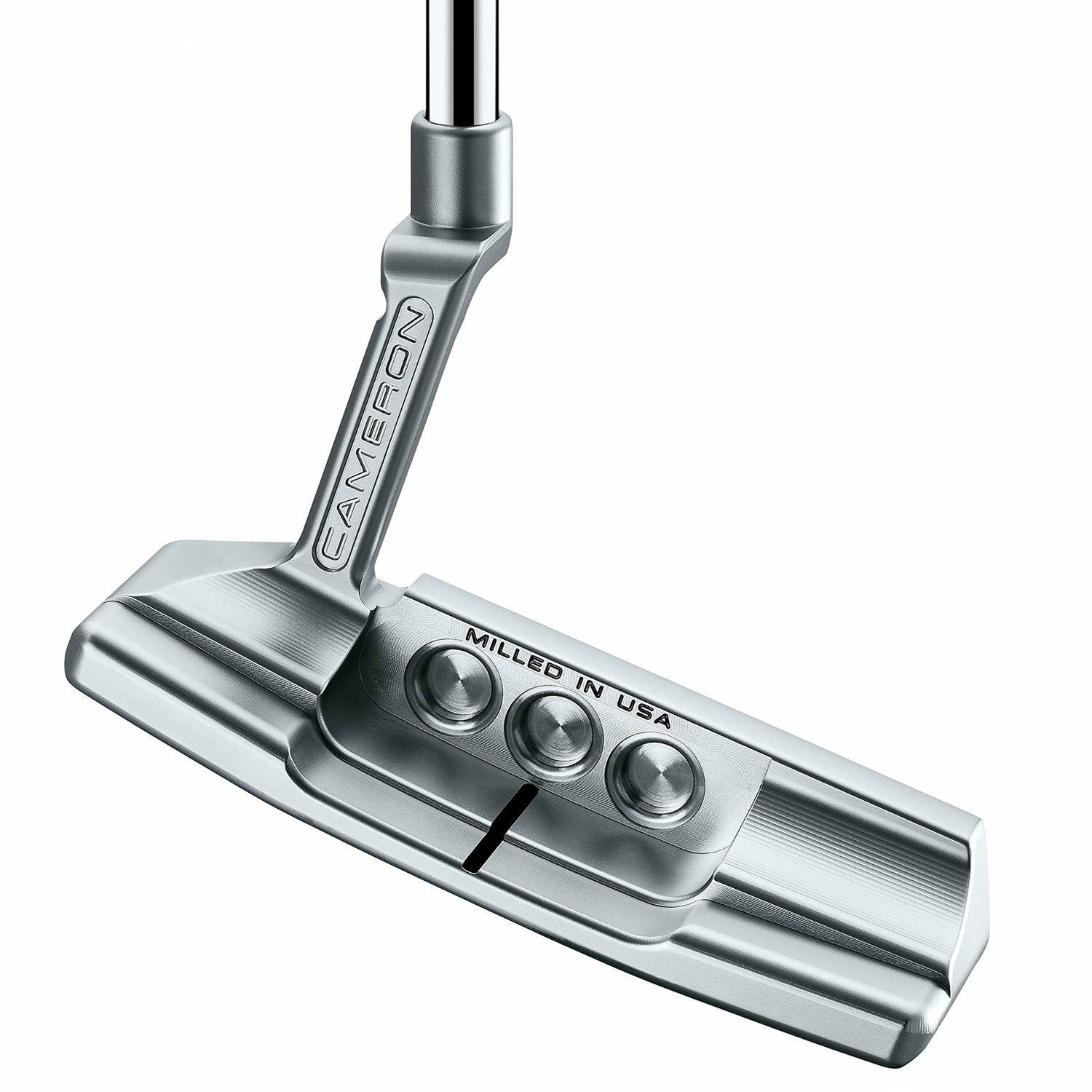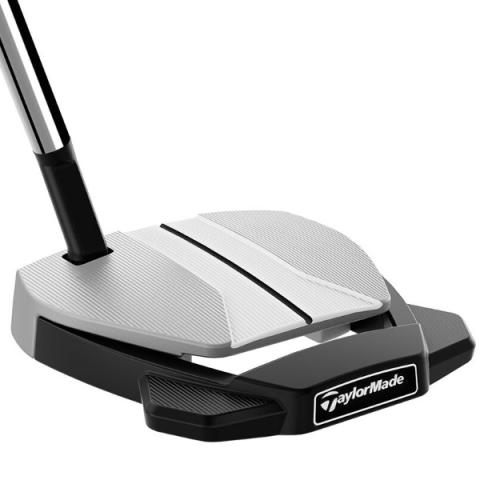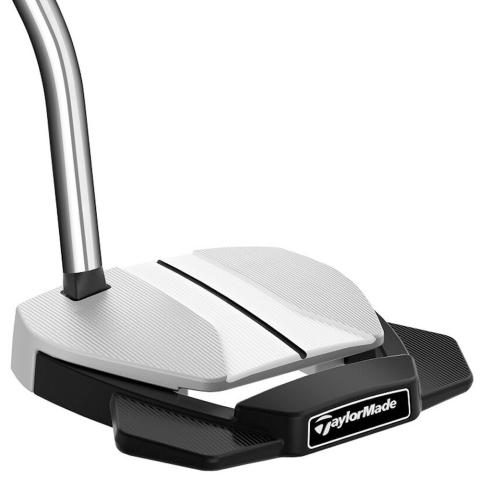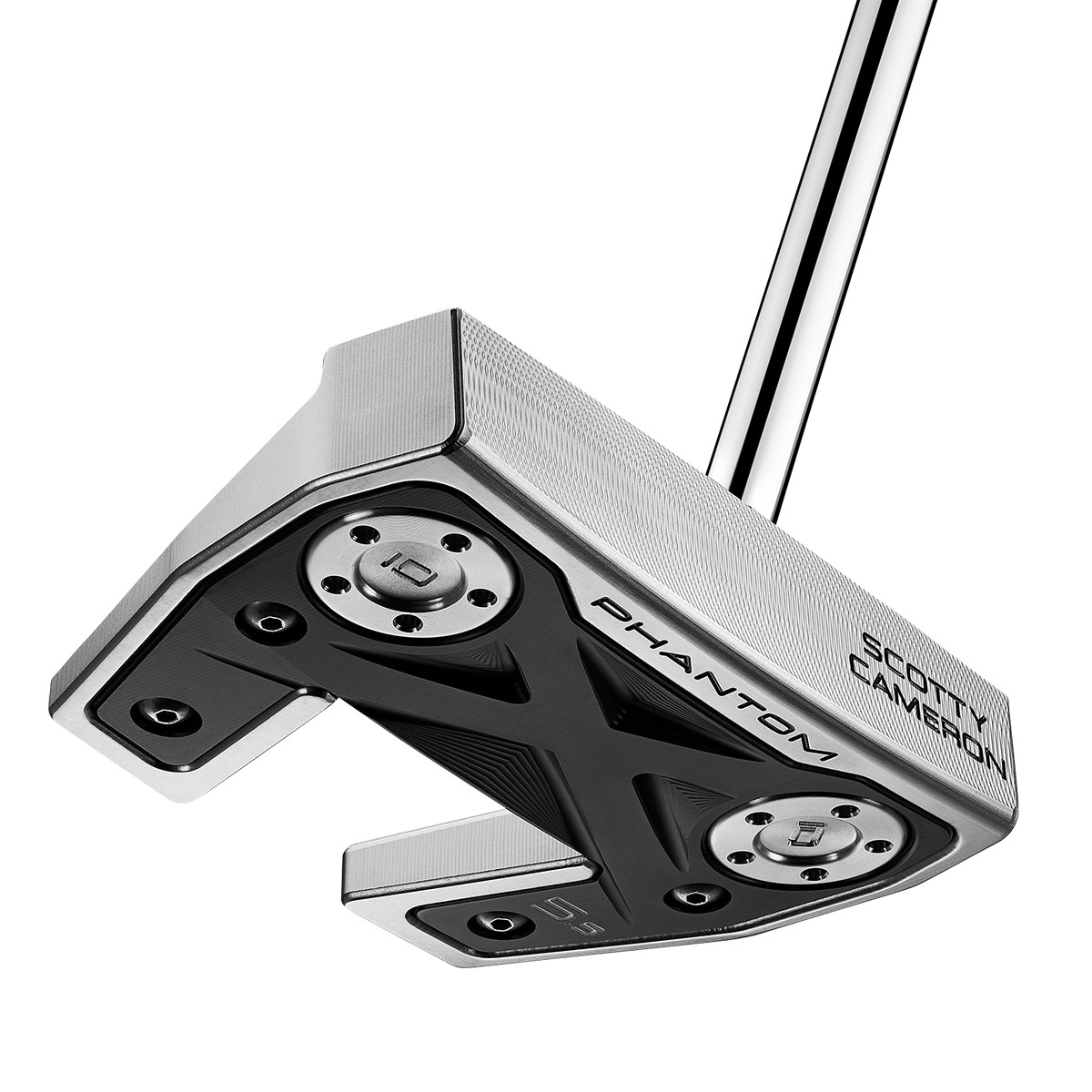In the modern game, there are many different types of putters to choose from.
Just to make matters more complex, there are several putter neck types to consider in addition to the countless head shapes, shaft lengths, and grip types.
In this article, I’ll guide you through all the various putter neck types available today, along with who they’re best suited for and our favorite pick for each type.
That way, you can make an informed decision when choosing your next putter.
Putter Neck Types
The most common putter neck types for players with an arc putting stroke are the plumbers neck, the slant neck, and the flow neck. For those with a straight-back and straight-through putting action — the options are usually the single bend, the double bend, and the center shaft.
Simply put, there are six common putter neck types to choose from:
- Plumbers neck
- Slant neck
- Flow neck
- Single bend
- Double bend
- Center shaft
Below, I’ll cover each in more detail to help you understand the key differences.
Plumbers Neck
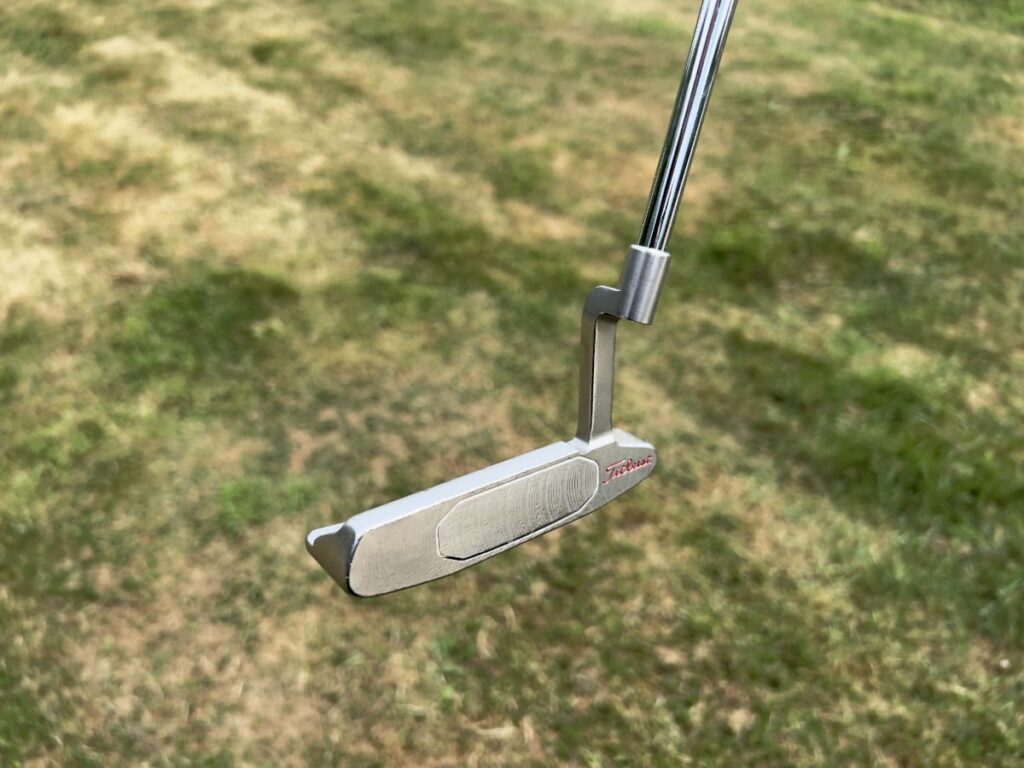
Two sharp 90-degree bends in the hosel characterize the plumbers neck putter.
Historically, the term “plumbers neck” derives from the hosel shape’s similarity to a 90-degree joint used by a plumber when dealing with pipework.
The horizontal bend is intended to produce offset. Essentially, this is when the putter face is set back from the line of the shaft. This encourages a square face at impact.
As with many offset putters, the plumbers neck variant is predominantly used by golfers who play with a slight arc in their putting stroke.
To balance out some of the offset, plumbers neck putters are often manufactured with plenty of toe hang. This extra weighting helps to prevent the toe from overtaking the heel of the putter, which can risk pulled putts left of the target line.
PRO TIP: Toe hang is extra weighting in the toe of the putter head.
Karsten Solheim put the plumbers neck putter on the map when he invented the PING Anser in 1968 — an iconic design that inspired many putters of the modern era.
Today, many tour professionals and amateurs alike use plumbers neck putters. They’re one of the most recognized putter neck types in the game.
Most notably, Tiger Woods has used a plumbers neck putter throughout his career.
Should You Use a Plumbers Neck Putter?
Simply put, plumbers neck putters are for golfers with an arc putting stroke.
For instance, Tiger Woods has famously used a plumbers neck style Scotty Cameron Newport for most of his professional career. It allows him to maintain a fluid arc in his stroke, releasing the toe of the putter after impact.
As a user of a plumbers neck putter, one of my favorite features is that the offset enables you to position the ball almost directly beneath your eye line. I find it super handy for visualizing the stroke while focusing on making good contact.
However, If you have a straight-back, straight-through putting stroke then I recommend avoiding the plumbers neck style. The relatively high offset and additional toe hang will likely cause you to pull putts if you favor a more mechanical stroke type.
Scotty Cameron Newport 2 Putter
In the world of putters, nothing beats the prestige of Scotty Cameron.
As a proud owner of a Newport 2, I can safely say it’s a fantastic putter. While on the premium end in terms of pricing, the high-quality build will serve you for years.
The plumbers neck hosel version is the same one used by Tiger Woods. It allows you to keep your hands ahead of the ball and use a gentle arc in your putting action.
Slant Neck
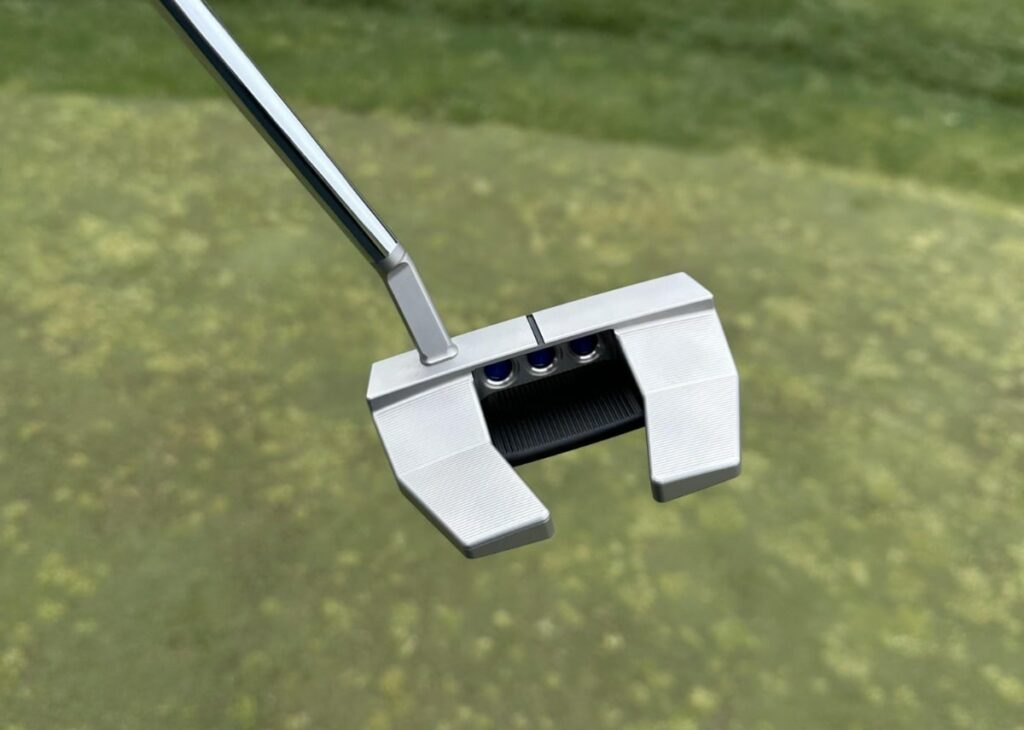
Slant neck putters have a single angle in the hosel, which links the shaft to the head.
Once again, this putter neck type has a solid amount of offset. This sets the putter face well behind the line of the shaft, encouraging rotation of the face.
Therefore, slant neck putters are often manufactured with sufficient toe hang to stabilize the putter and encourage a square face at the point of impact.
Slant neck hosels can be found in both blade and mallet putters. That said, it always promotes an arc stroke regardless of the shape of the putter head.
Should You Use a Slant Neck Putter?
Flow neck putters are best suited for golfers with an arc putting stroke.
As with plumbers neck putters, the slant neck putter style is ideal for those who have an arc stroke with plenty of toe release after impact.
In addition, slant neck putters have a very clean and minimal hosel design. This is perfect for those who seek minimal distractions — with a focus on contact.
Since slant neck putters generally have lots of offset and toe hang, they are not ideal for those who putt with a mechanical straight-back, straight-through action.
TaylorMade Spider GTX Putter
An ultra-stable mallet putter for ultimate forgiveness.
The TaylorMade Spider GTX Putter offers an oversized mallet head for excellent stability and forgiveness for off-center strikes. It also provides an excellent alignment line.
Available in six finishes — silver, black, white, red, pink, and ice blue — the Spider GTX has a modern design that will suit many golfers.
Flow Neck
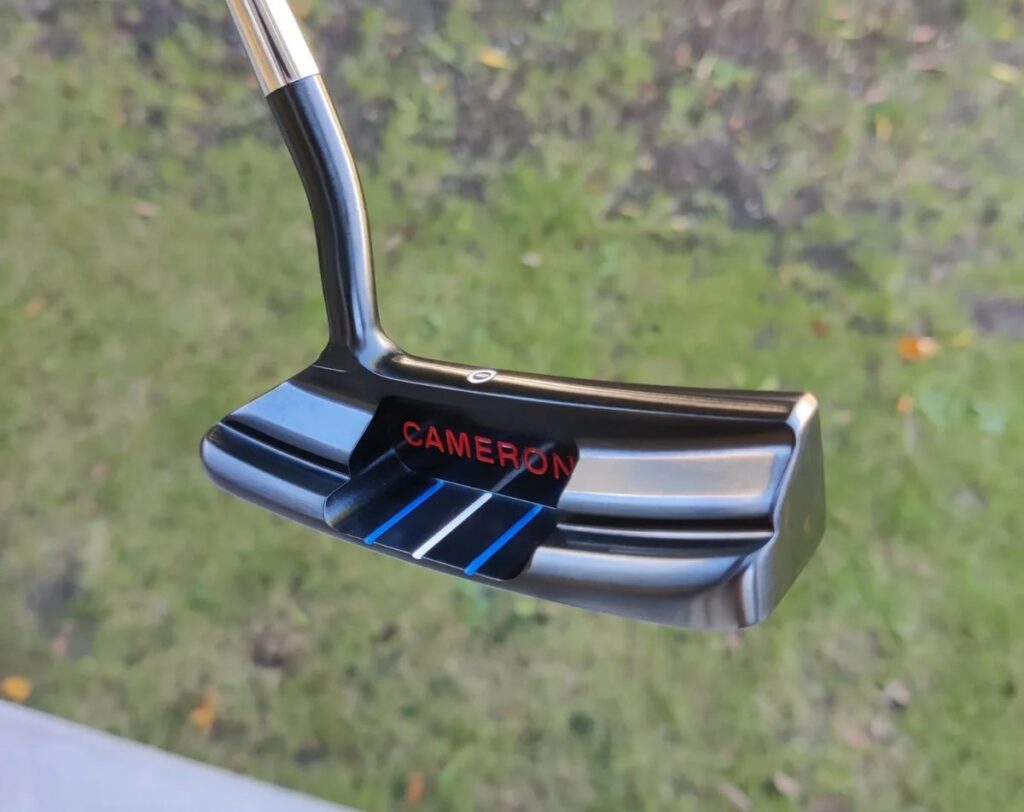
With a flow neck putter, the hosel links the shaft to the head in a seamless curve.
As with plumbers neck and slant neck hosel types, the flow neck creates offset to allow the putter face to sit back from the line of the shaft by up to an inch.
Essentially, this allows you to keep your hands ahead of the ball through the stroke. This helps to keep the face square at the point of contact with the ball.
Flow neck putters are very similar to slant neck putters — both visually and in terms of their performance on the greens. Rather than a sharper angle, the flow neck putter presents a seamless and fluid curve of the hosel to connect the shaft to the head.
Should You Use a Flow Neck Putter?
Once again, flow neck putters are best suited for golfers with an arc putting stroke.
Since many flow neck putters are designed with lots of toe hang to counteract the high levels of offset, an arc stroke is necessary to maintain a square face at impact.
If you’re already familiar with using a plumbers neck or slant neck putter, the transition to a flow neck will be fairly easy — it’s more of an aesthetic preference.
TaylorMade Spider X HydroBlast #9 Putter
An excellent mallet option, designed with a flow neck to encourage an arc stroke.
For those who seek a bit of extra forgiveness and stability in their putting stroke, the TaylorMade Spider X HydroBlast #9 putter offers everything you need — and more.
With a soft face insert, it sounds great off the face and is capable of producing a consistent roll with every stroke. It’s perfectly weighted, and the flow neck hosel is perfect for players who like the shape of a mallet, but use an arc putting stroke.
Single Bend
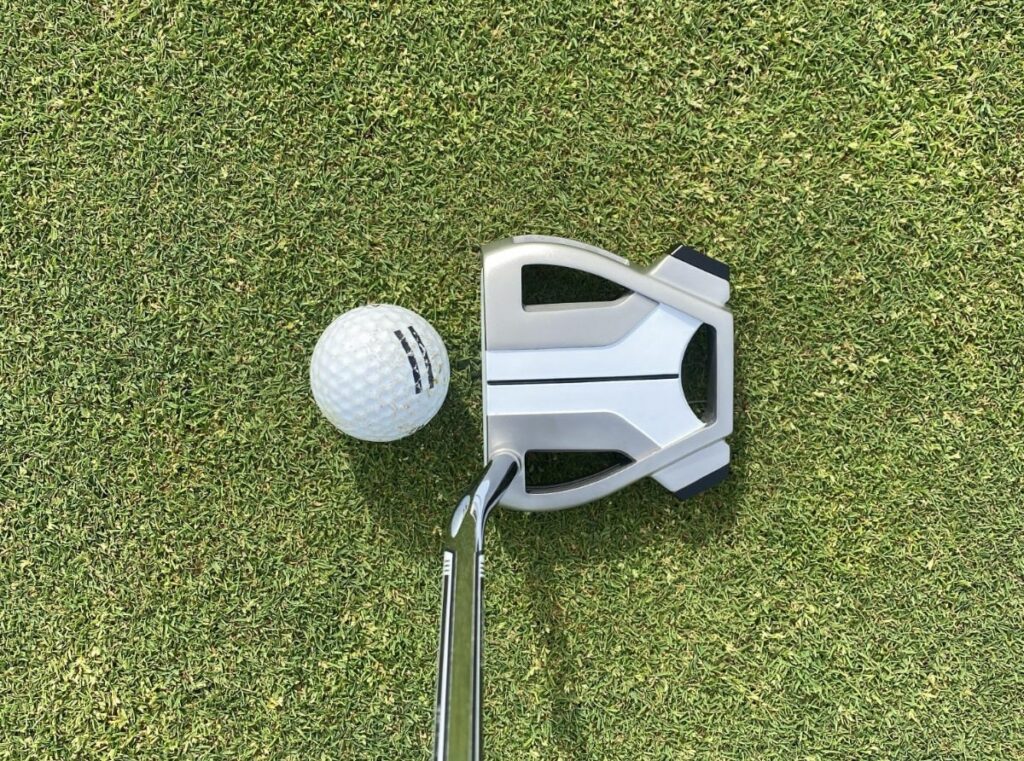
Single bend putters have a more gradual bend that occurs on the shaft itself.
As we covered earlier, the plumbers neck, slant neck, and flow neck types all feature bends at the hosel just above the head of the putter.
Conversely, single bend putters effectively don’t have a hosel. Instead, the shaft itself features one smooth bend to offset the putter face back from the shaft.
This enables a clearer view of the putter behind the ball in the address position.
Should You Use a Single Bend Putter?
Single bend putters are best for those with a straight-back, straight-through stroke.
Essentially, this is because single bend putters are face balanced. Without any extra weighting in the toe, this encourages a straighter stroke with minimal face rotation.
For those golfers who have a more mechanical stroke and prefer to draw their putter back in the stroke on one plane, single bend putters are an excellent pick.
TaylorMade Spider GTX SB Putter
Not only is this our favorite slant neck putter, but the SB option is also fantastic.
As mentioned earlier, the Spider GTX Putter features an oversized mallet head for improved stability and forgiveness for off-center strikes.
The single bend version allows for a clear view of the putter face behind the ball at address, which many golfers prefer. At the same time, it encourages a mechanical straight-back, straight-through putting stroke rather than a slight arc.
Double Bend
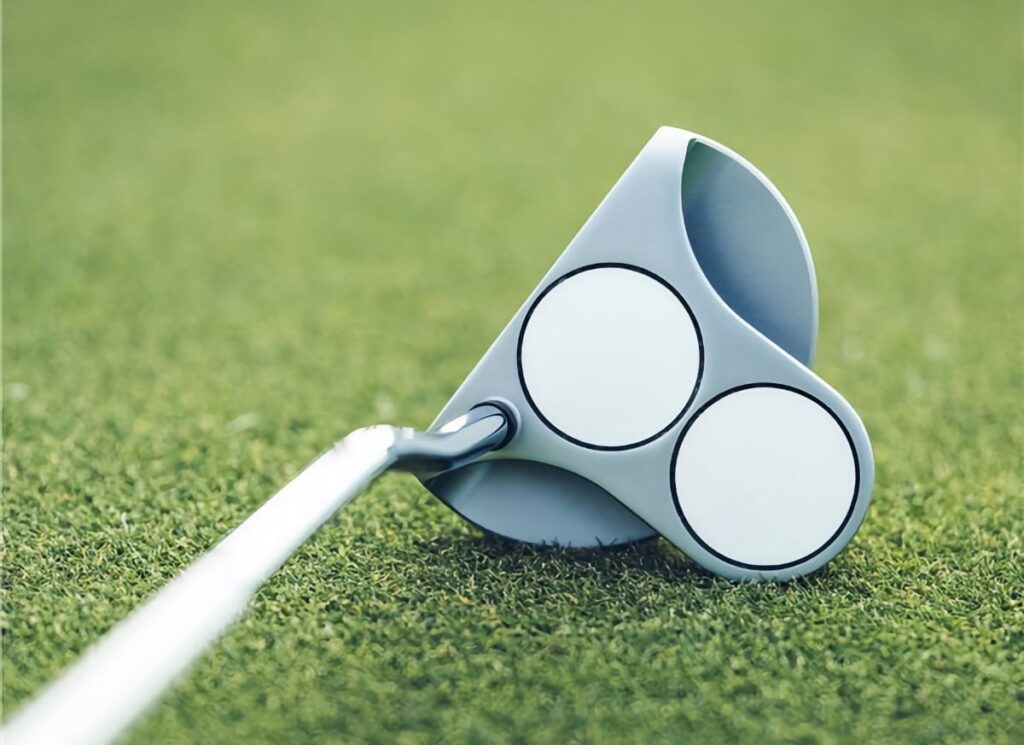
Similar to SB putters, double bend putters have two bends at the base of the shaft.
Generally, there’s more offset on a double bend putter when compared with a single bend putter — so the putter face is set back further from the shaft line.
Subsequently, DB putters have an even greater MOI — Moment of Inertia.
In short, high MOI means increased forgiveness. High MOI helps to stabilize the putter during the stroke, reducing twisting, and making off-center hits less punishing.
Should You Use a Double Bend Putter?
Double bend putter are suited to straight-back, straight-through putting strokes.
At the same time, if you’re looking for a putter with maximum forgiveness to help you make a consistent roll every time, then double bend putters are a great choice.
Most of the time, double bend neck types are found in conjunction with mallet heads.
Odyssey Eleven Tour Lined DB Putter
Highly forgiving, with a double bend shaft and a clear alignment line.
The Odyssey Eleven Tour Lined DB Putter is one of the most popular double bend putter models on the market — and for good reason.
Built with high MOI and best suited for players with minimal face rotation, the putter features the brand’s famous White Hot face insert for a soft feel on the greens.
Center Shaft
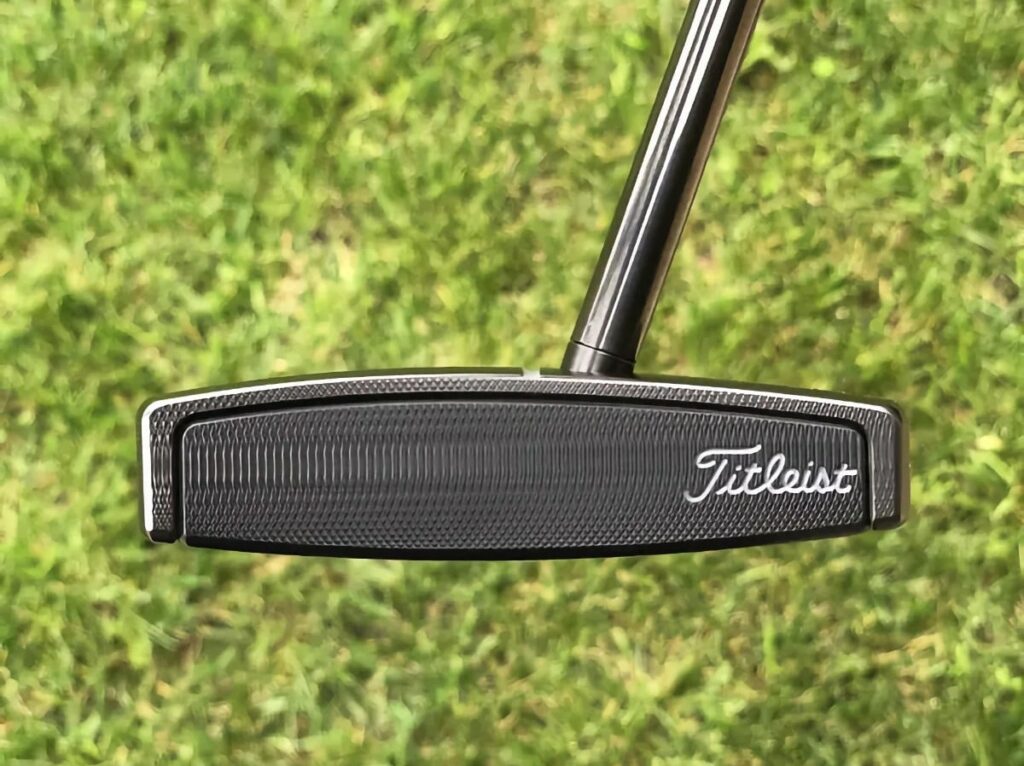
In short, center shaft putters have the shaft joining the head directly above the middle of the putter face — AKA the sweet spot.
For many golfers, the center shaft putter neck types help to encourage a consistent strike with the middle of the face.
When stood over the ball at address, the ball should sit directly in front of the base of the shaft. This can make it easier to find the sweet spot, for a pure roll.
Should You Use a Center Shaft Putter?
Center shaft putters are best suited to straight-back, straight-through players.
Since the shaft meets the putter head at the center, the toe and heel are typically similarly weighted. This means center shaft putters are face balanced.
If you prefer to have a mechanical-type stroke — rather than one based on feel — the center shaft putter type can help as you’re essentially guiding the base of the shaft along a target line directly through the center of the ball.
Scotty Cameron Phantom X 5s Putter
This quality putter features confidence-building alignment for a pure roll.
Scotty Cameron putters are renowned for their incredible build quality, and this one is no different. With a wingback mid-mallet head shape, it looks great behind the ball.
The center shaft neck design, combined with a face balanced head, encourages a straight-back, straight-through putting stroke — along with simple alignment.
Check out the video below by Golfbidder, which summarizes the various types of putter necks to help you decide which is most likely to suit your stroke:
Quick Summary
To summarize, here’s a roundup of the most common putter neck types available today:
| Putter Neck Type | Putting Stroke Type |
| Plumbers Neck | Arc |
| Slant Neck | Arc |
| Flow Neck | Arc |
| Single Bend | Straight-back, straight-through |
| Double Bend | Straight-back, straight-through |
| Center Shaft | Straight-back, straight-through |
When choosing a putter, it’s vital to consider how the head and neck design will largely inform the putting stroke — whether it’s an arc or straight-back, straight-through.
If you’re undecided, I recommend you go to your local golf shop. A professional will be able to talk you through your options, and you can make a confident decision.

